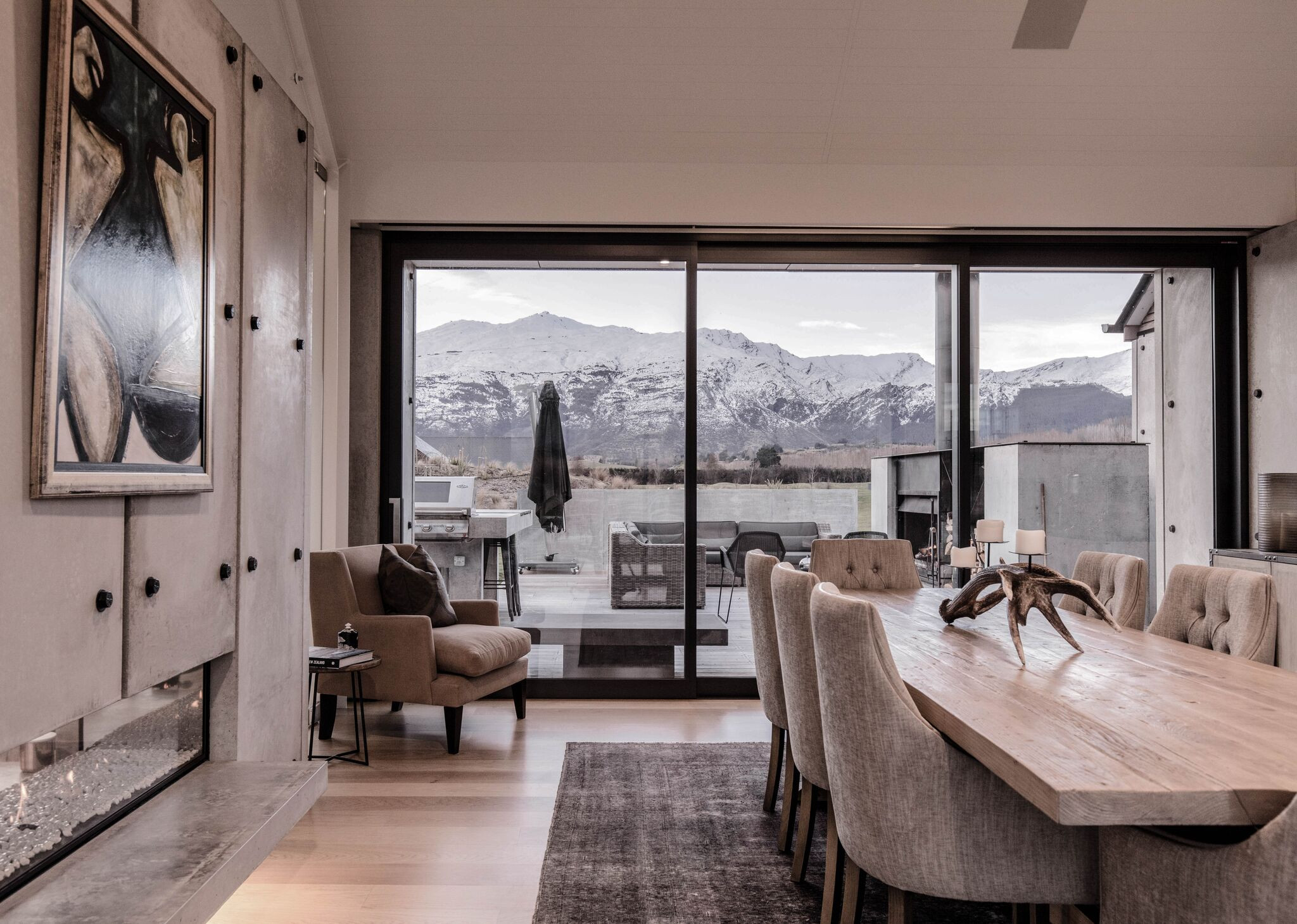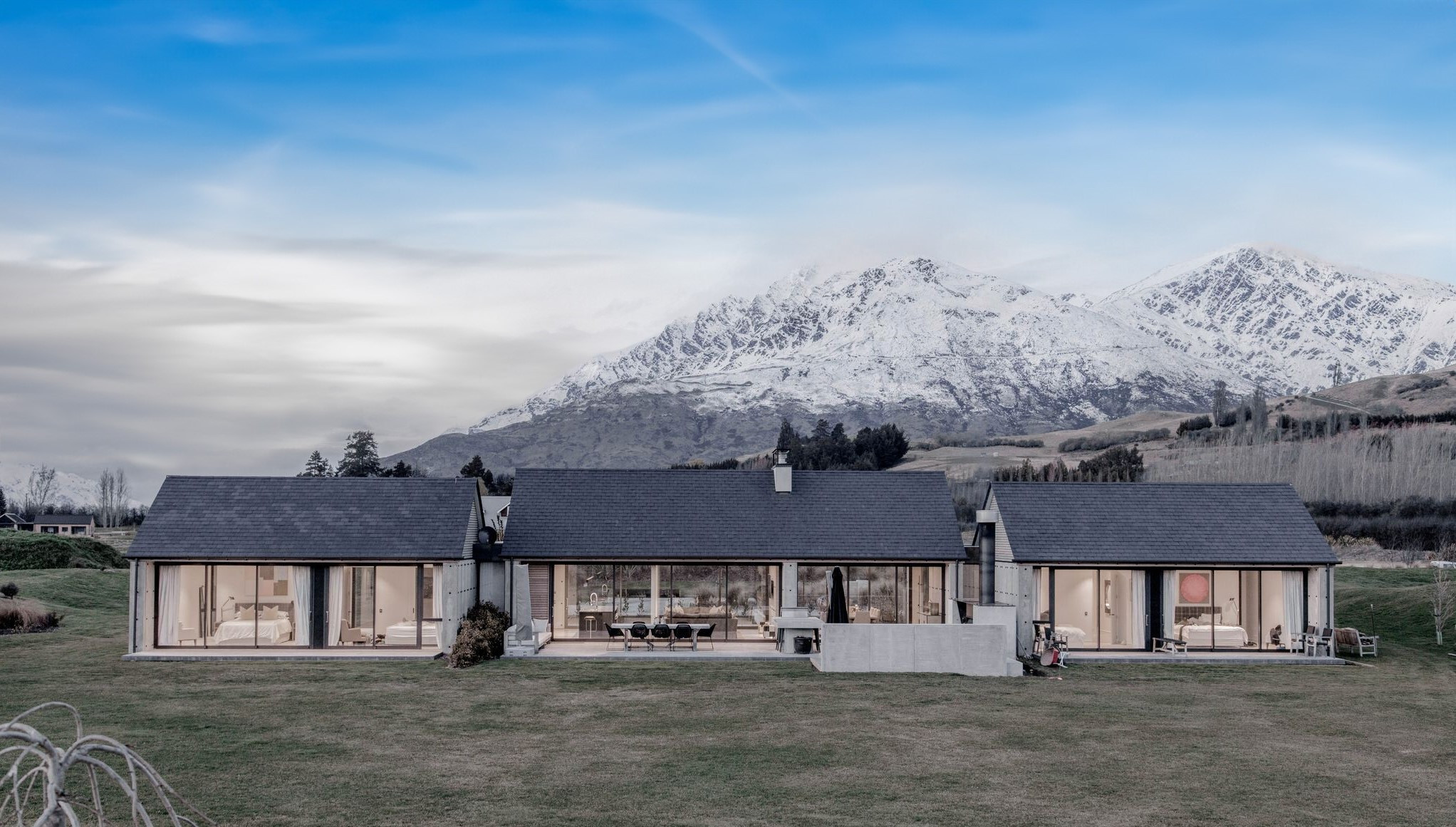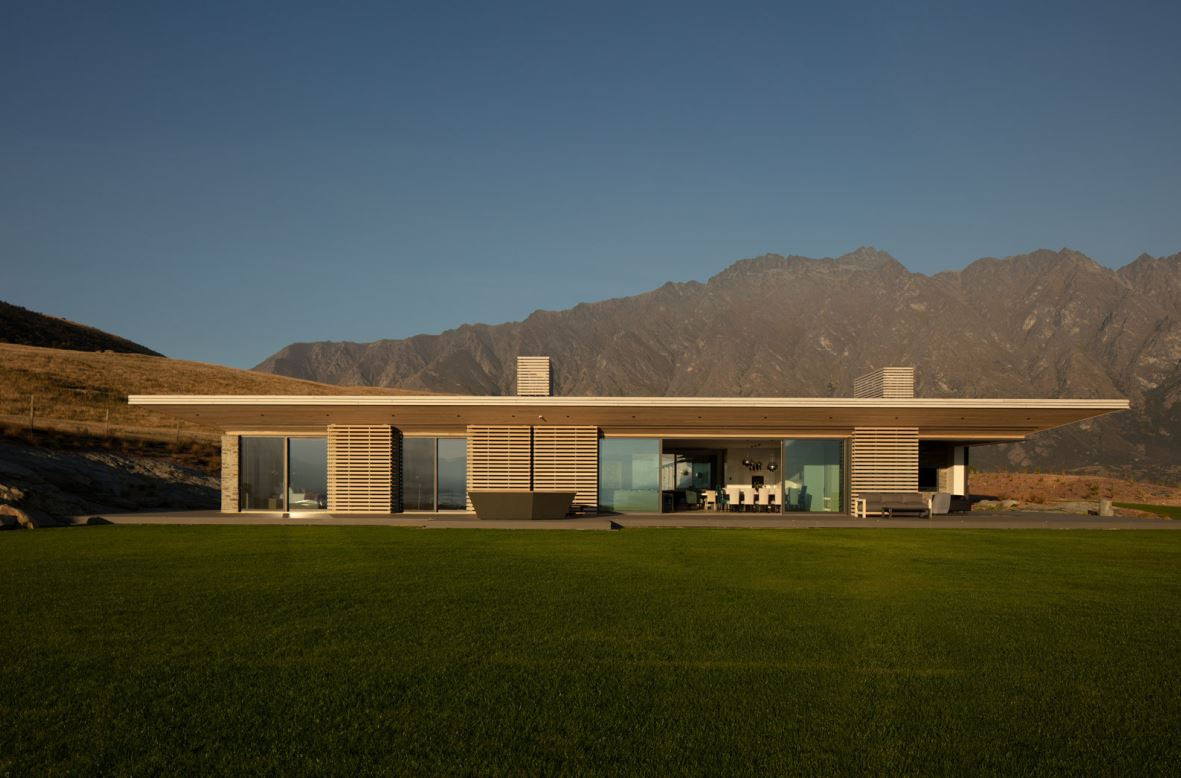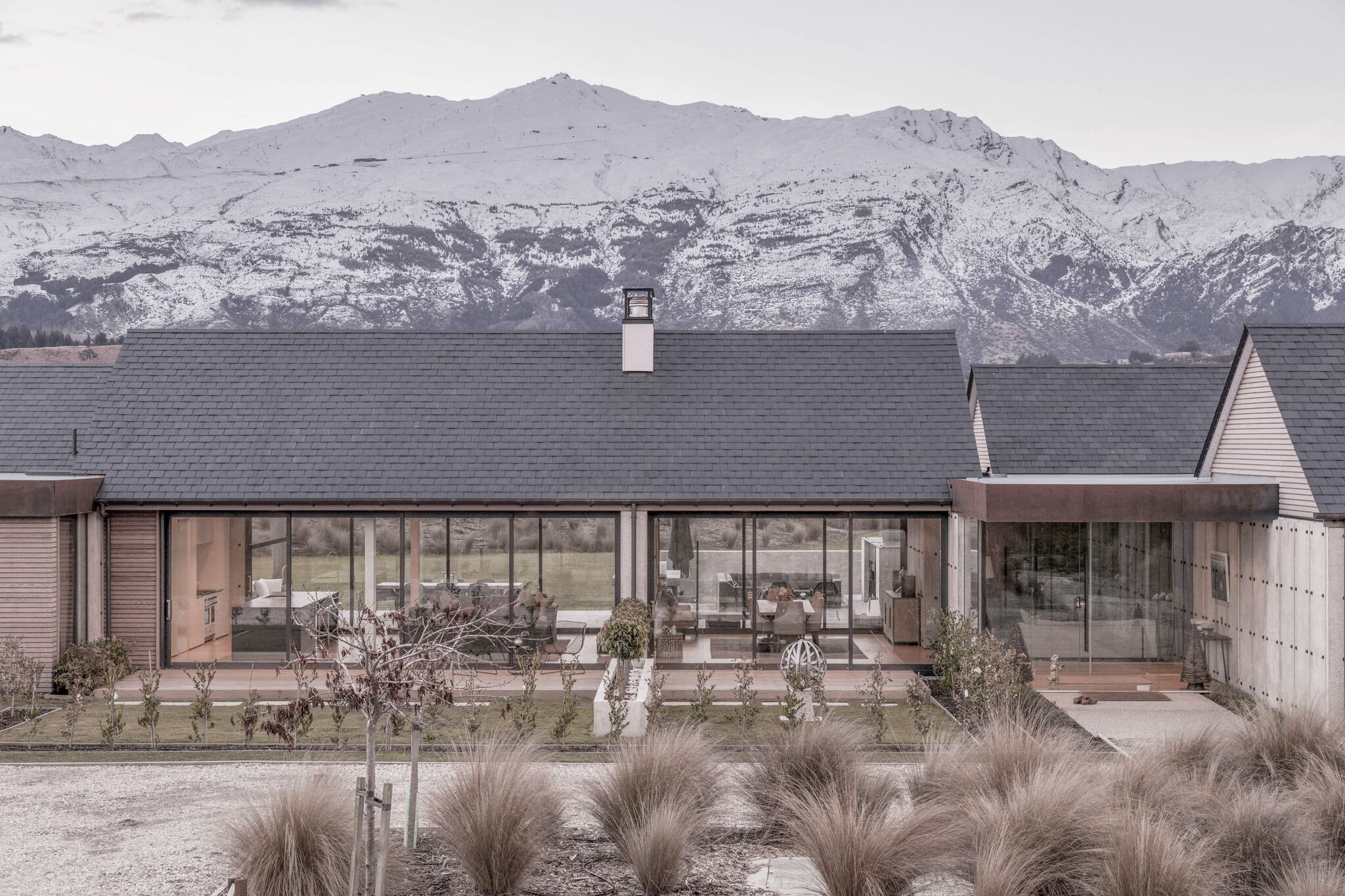What is triple glazing?
Triple glazing is made up of three panes of glass instead of one (single glazing) or two (double glazing).
The cavity between each pane of glass is usually filled with an inert gas – such as argon.
By adding a third pane of glass, you create an extra layer to prevent heat escaping and cold from entering your home, which boosts your homes energy efficiency, plus it can help to reduce noise transmission.
The diagram below shows the differences of a double glazed vs triple glazed unit.
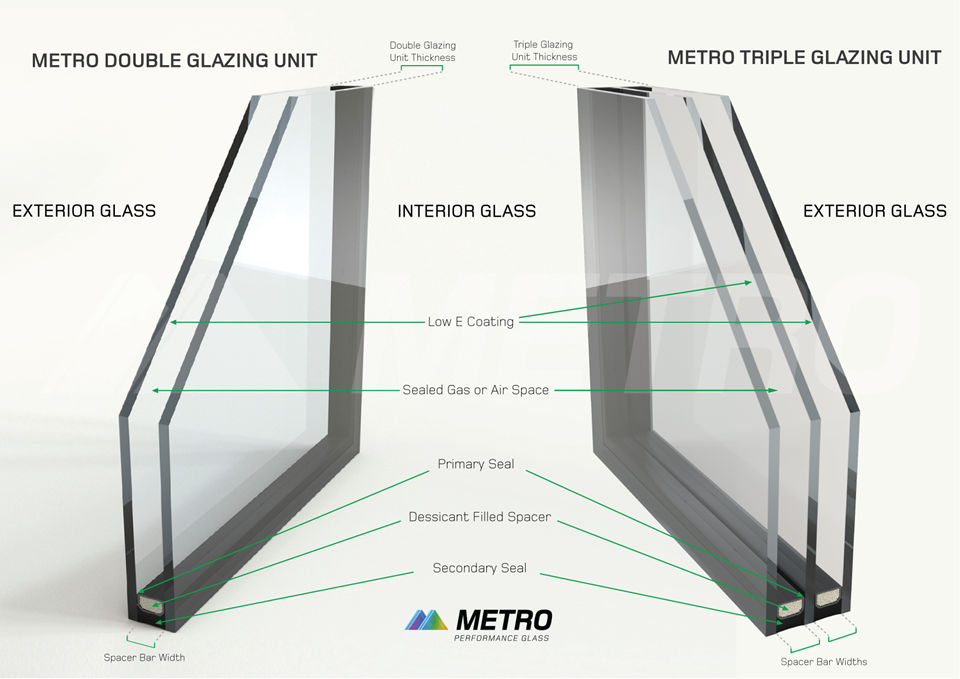
Metro triple glazing is perfect for
Achieving the highest levels of home energy efficiency - such as Passive House performance or cutting-edge Low Carbon design.
Homes where windows are a key design feature, without sacrificing thermal performance.
Regions with more extreme weather conditions.
Advantages of Metro triple glazing
Elevate your home to the next level and delivers unmatched thermal, solar and acoustic performance.
Design Freedom - its exceptional performance means you can design unique window dominant spaces, that easily surpass H1 compliance for energy efficiency, resulting in spectacular living spaces without sacrificing comfort and livability.
Up to *82% higher thermal performance - meaning homes are almost impervious to even the worst winter days.
Up to *73% better solar control - assists in protecting you from the hottest of summer days and can help reduce the energy costs of cooling your home.
Higher acoustic control - the additional glass pane and gas layer in triple-glazed windows help to dampen outside noise, making them a great choice for urban homes, those near transportation hubs, or for those who just want to be able to ‘turn off’ the outside world when they’re in their home.
Safety and Security - with three panes of glass protection, making it more difficult to break through. Deterring unwanted intruders and ensuring your home is safe and secure.
Environmental benefits - significantly reduces the energy demand for heating and cooling your home.
Trusted, local supplier - Metro triple glazing is processed right here in New Zealand. This ensures faster turnaround times, confidence in our supply chain and quality assurance practices, and guarantees compliance with New Zealand’s safety and regulatory standards. Plus you’ll have peace of mind that our sales service is handled locally, by an expert team you can trust.
* Compared to standard double glazing
Triple glazing important considerations
Things to think about before deciding on your glazing units:
Frame compatibility
Triple glazed units require a larger glazing pocket than double glazed units, so you’ll need to check whether your window frame and building design can accommodate this requirement. There is a nationwide network of window fabricators that are experienced in supplying window frames for triple glazing, please contact your Metro Representative and we can help connect you.Weight
Triple glazing units are heavier than double glazing units by around 30-50% this will affect handling and installation requirements and building structure/foundation requirements.Thermal breakage risk
Heat build-up in glass can lead to thermal breakage. This risk can be reduced by using heat treated glass.Solar control colour appearance
Metro SolarPro™ Plus has a neutral grey tone which is part of the Low E coating. The advantage of this, is that unlike other tinted glass that gets darker as the glass gets thicker, SolarPro™ Plus provides a consistent colour, even when used across different glass thicknesses, meaning your home will look great from all angles.External condensation
Dew on the outer surface is a natural occurrence, commonly seen in both high performance double glazing and triple glazing. Particularly in homes that have no eaves, are sheltered from prevailing breezes, and/or have high humidity/cold conditions overnight.
Compare Performance
To help you select the right glass for your triple glazing, this table helps you compare the performance of our range.
U Value (make-up of 4-14-4-14-4)
Insulation value, lower is better
Solar Factor (SF)
Lower % means less solar heat coming in
Visible Light Transmission (VLT)
Higher % means more natural light coming in
Fading Protection (TWD-ISO)
Lower number means better fading protection
Colour Hue
Sound Reduction
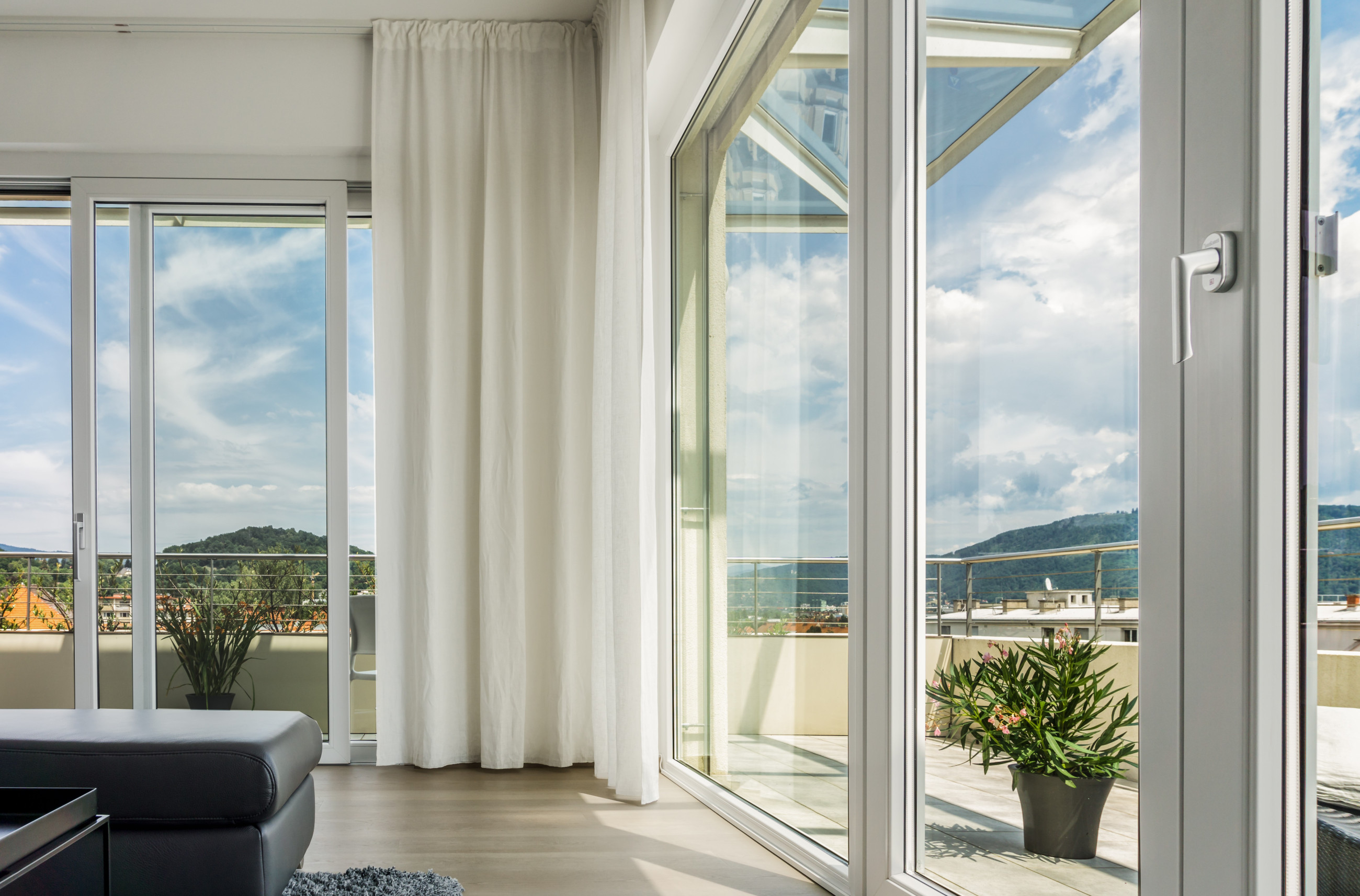

Crafted for New Zealand conditions
Because we manufacture in New Zealand, our glass technology is designed specifically for our diverse climate.
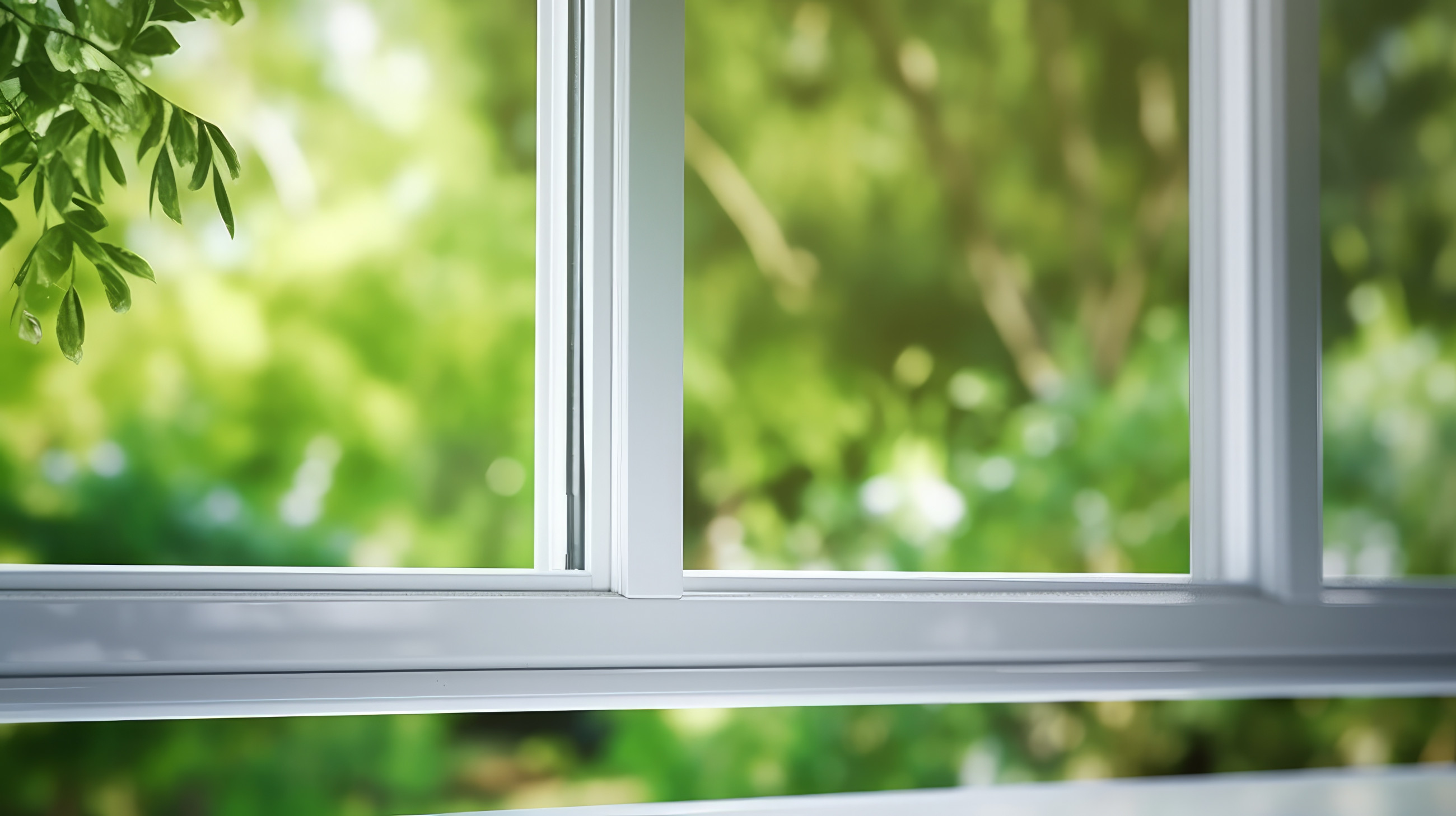
Our glass works with every type of window frame
Our Low E glass works perfectly with all types of window frames; wood, aluminium and uPVC.
Summer Holiday Closure: 19 December 2025 – 12 January 2026
Metro Performance Glass will be closed for the summer break from midday Friday 19 December 2025 and will reopen Monday 12 January 2026.
Wishing you a safe, relaxing and enjoyable holiday season!
